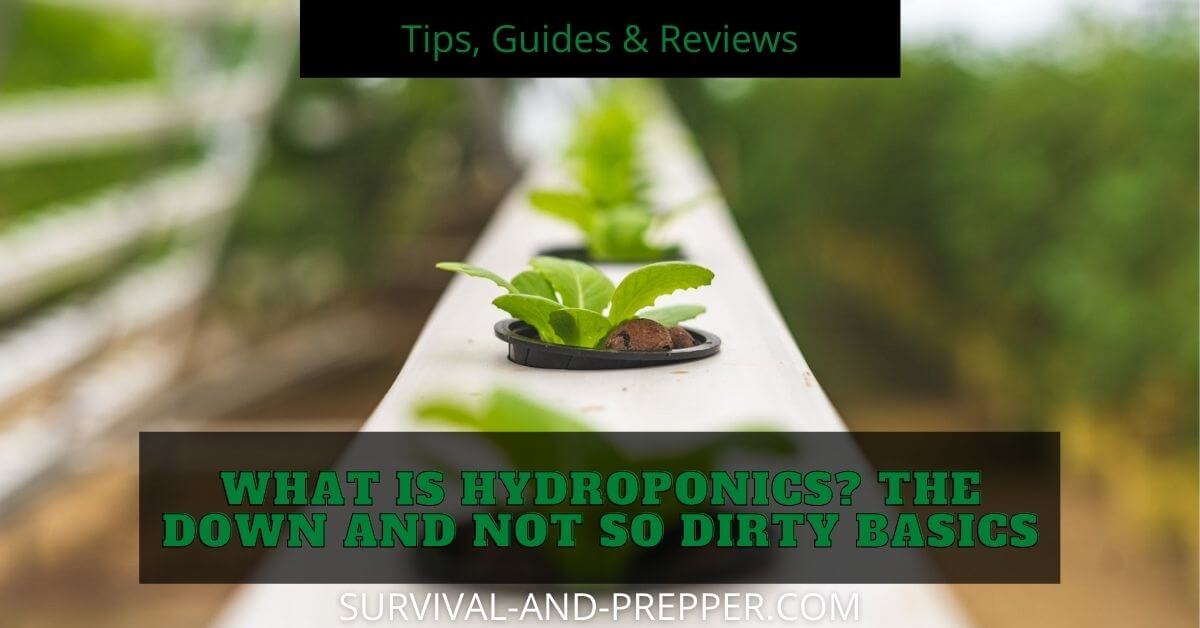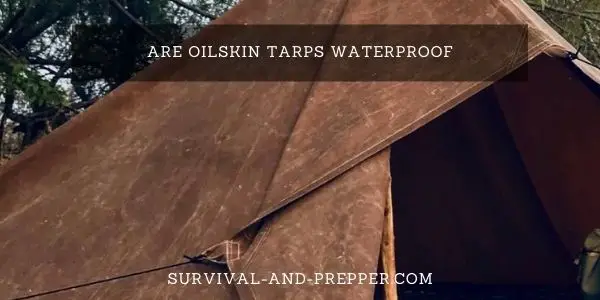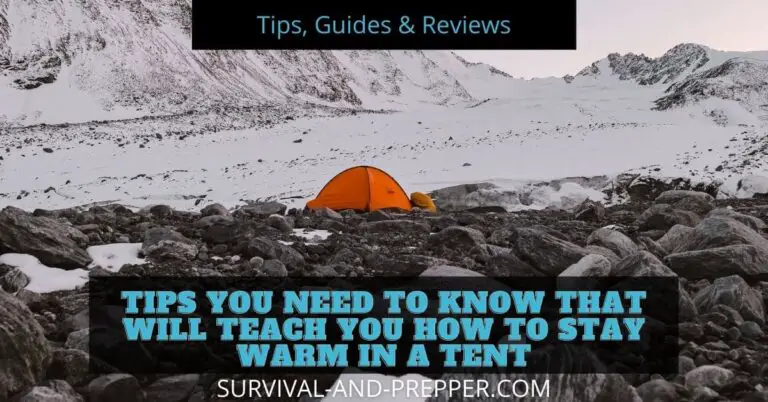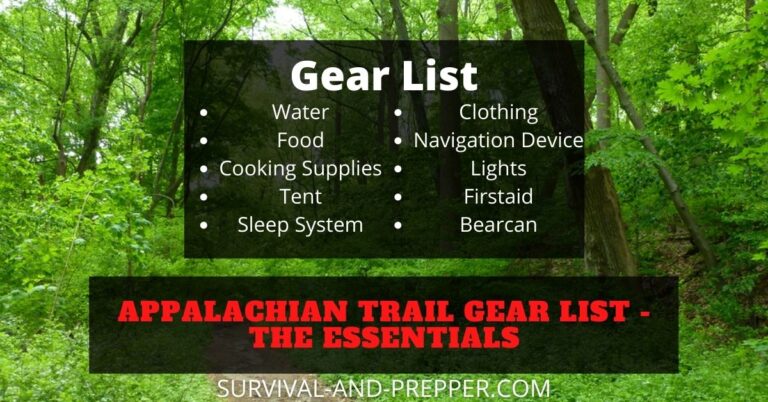What Is Hydroponics? The Down and Not so Dirty Basics
In simple terms, Hydroponics is growing plants without the use of soil. Hydroponics focuses on providing plants with all of the nutrients they need through a water and mineral solution. In many cases hydroponics allows greater control over the growth of your plants and frequently results in faster growing healthier crops.
So What is Hydroponics? More Details Please
Hydroponics is a type of horticulture, or “gardening” in which plants are grown without soil. Hydroponics is actually a subcategory of hydroculture. Surprisingly to some hydroponics is not the only way that plants are grown without soil, there is aquaponics, and aeroponics among others.
However, we are discussing hydroponics here so let’s continue.
Contrary to popular belief hydroponics is not a new technology. Perhaps you have heard of the hanging gardens of Babylon or the floating gardens of the Aztecs. These are but two examples of hydroponics being used by ancient civilizations.
Most hydroponic systems consist of a closed system in which only the plant’s roots are exposed to the water. This water is infused with a nutrient solution that provides everything the plants need to grow.
In order to set up a hydroponic system the following things are needed.
- Freshwater
Needs to be clean and with a PH balance of around 6 to 6.5
- Oxygen
Normal plants are able to draw oxygen from air pockets in the soil. In a hydroponics system you need to either have a portion of the roots exposed above water, or use an air pump and aeration stone similar to a fishtank to provide this oxygen.
- Root Support
Since there is no soil around the roots, you frequently need some other medium to support the plant. Common examples used in hydroponics include rockwool, coconut fiber, peat moss, and perlite among others. There are mixed reviews on using sand and I prefer to avoid it due to compaction.
- Nutrients
Since there is no soil, you will need to provide all of the plant’s nutrients in the water. These primarily include calcium, phosphorus, magnesium and nitrates. While it is possible to create your own blends, plenty of premade solutions are available both locally and online.
- Light
If you are setting your hydroponic system up outside, then this isn’t as big an issue. However, for indoor growth you will need to select lighting appropriate for your particular plants.
Why Would I Want to Choose Hydroponics over Traditional Gardening?
Hydroponics provides several benefits over traditional planting in soil. These include faster growth time, better ability to control external factors, the ability to grow in what would normally be inhospitable areas and healthier plants.
When you focus on a hydroponic system setup either inside your home or in a greenhouse, then you are able to grow any crop at nearly anytime of the year in any portion of the world.
At the same time, surprisingly this can generally be done in a smaller space and with less water and resources as compared to a normal garden.
Properly set up hydroponic systems produce healthier plants as well. Since the plants do not have to struggle to collect the nutrients you are applying directly to their roots, they are able to grow stronger.
Due to the controlled environment there are not likely to be any pests present that can damage your crps, again resulting in healthier plants.This leads to safer food for you as well, since no pesticides are being applied.
All of these factors combined lead to plants that tend to be larger and can mature nearly 25% faster in many cases.
Now That We Know What Hydroponics Is, What Are Some Downsides?
While it may seem that with all of the benefits you should jump right into hydroponics, I mean after all why would anyone use soil and deal with mud, tilling and all the hard labor required for a garden if I could just plop some plants in a jar of water.
- First a hydroponic system is generally more expensive than traditional gardening. However, this can be offset if you take care in designing your system. Often cost varies depending on the type of hydroponics that you choose.
- Due to the lack of soil, any mistakes or breakdowns in the system become apparent much faster when growing with hydroponics. This is due to the fact that the soil is not there to act as a buffer to these changes.
- Hydroponic systems tend to require more attentive care than a traditional garden. While the manual labor is less you need to monitor the ph of the water and levels or your specific nutrients.
- Extended power outages can cause you to lose your plants, this is more of an issue in remote areas with harsh climates.
- Any contaminants, poisons or waterborne diseases that enter your system will likely affect every plant. This occurs in a relatively short amount of time.
If you can get past the cost of a hydroponic system, I feel that the benefits out way the downsides.
Troubleshooting a Hydroponic System
When you notice that you are having problems with your plants or hydroponic system it tends to be much easier to determine why your plants are not thriving.
Since you know exactly what your plants are getting and the temperatures, it’s easy to adjust these factors to achieve the desired results. It is also much easier to isolate plants and try different ideas to see which works the best for their growth.
Types of Hydroponic Systems
There are actually quite a few different types of hydroponic systems. Just to mention a few of the more common you have:
As you can see there are several different styles, and this is just the beginning. Check out these two Youtube videos to get an Idea of the Deep Water System and an Ebb and Flow System.
What Hydroponics Is a Summary
We discussed that hydroponics is the practice of growing plants with out soil. I have provided you with a list of the basic things plants need to be grown hydroponically, the pros and cons of hydroponics and some resources that discuss the various methods.
Hopefully you have found this information useful and will check out some of our other content. While here make sure to sign up for our newsletter to receive updates on our newest posts.






